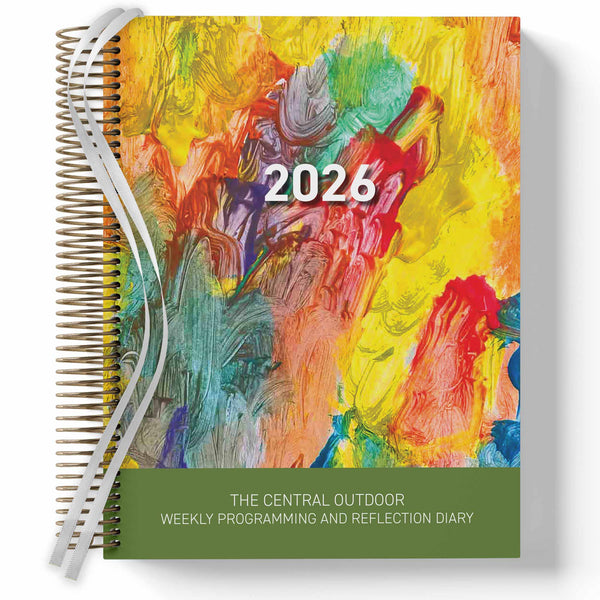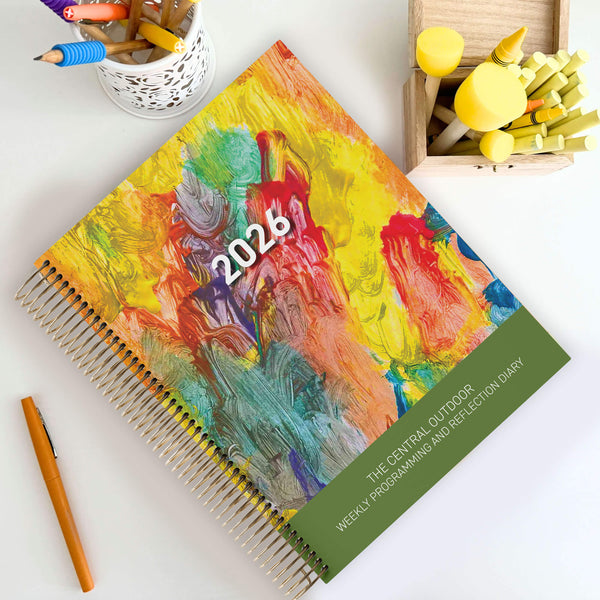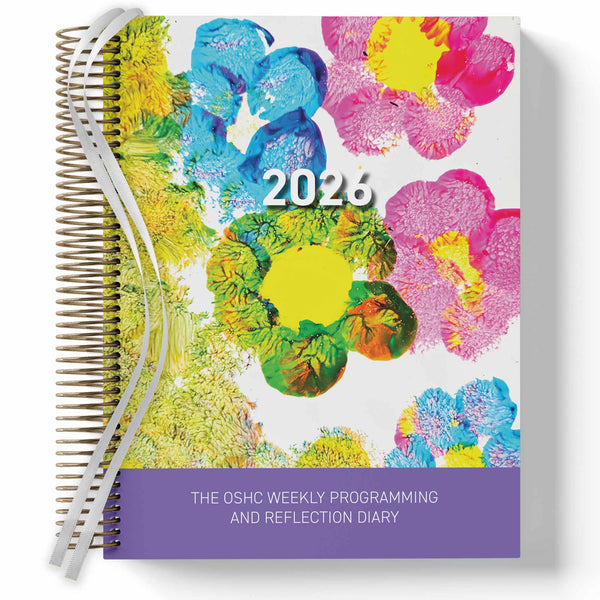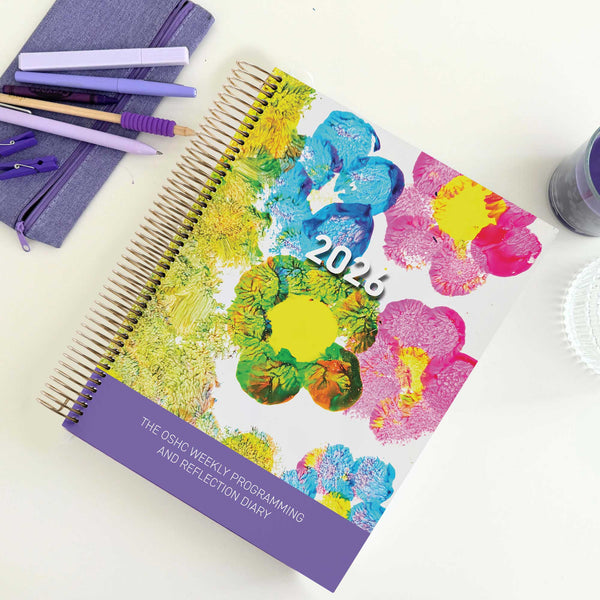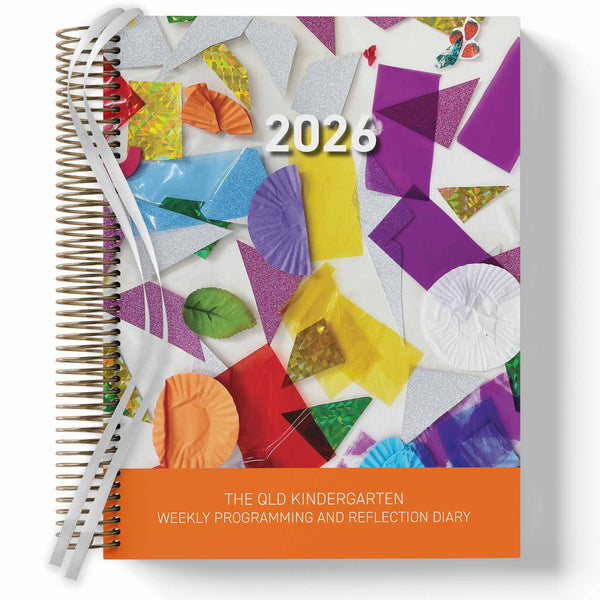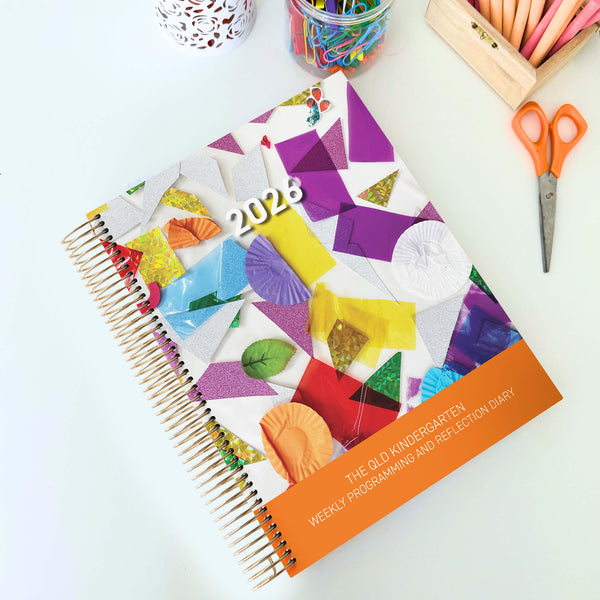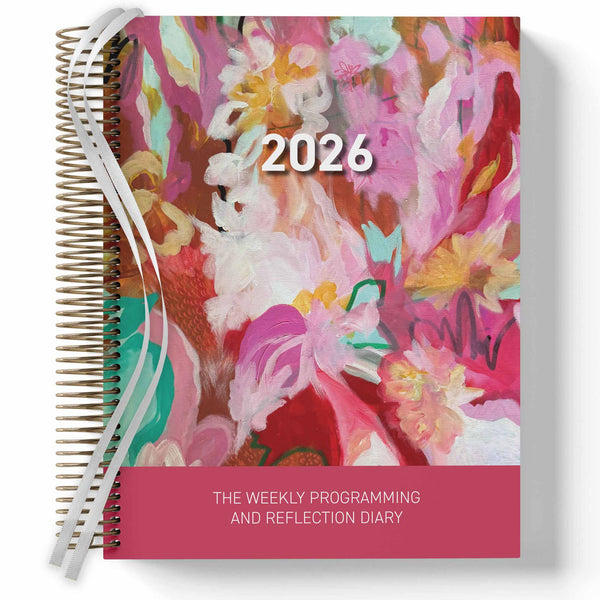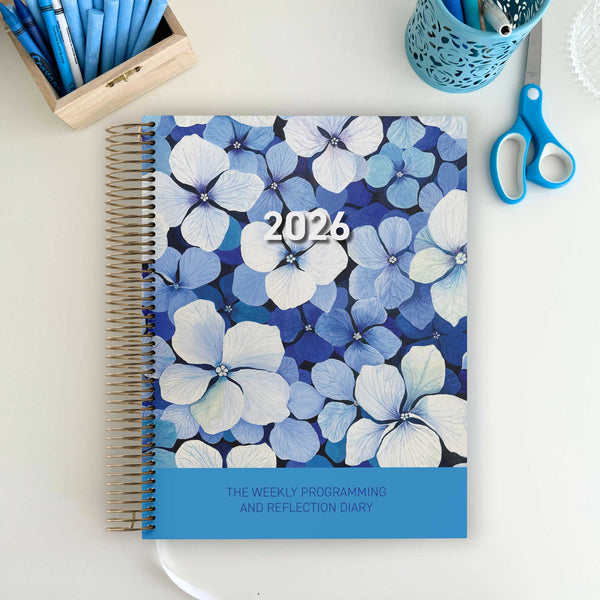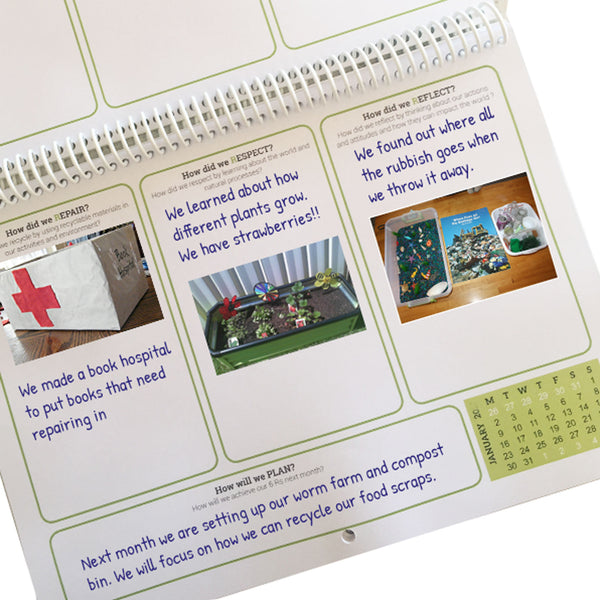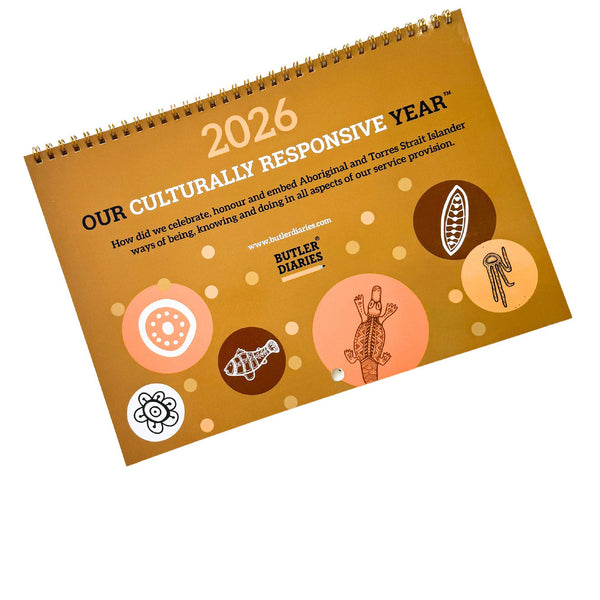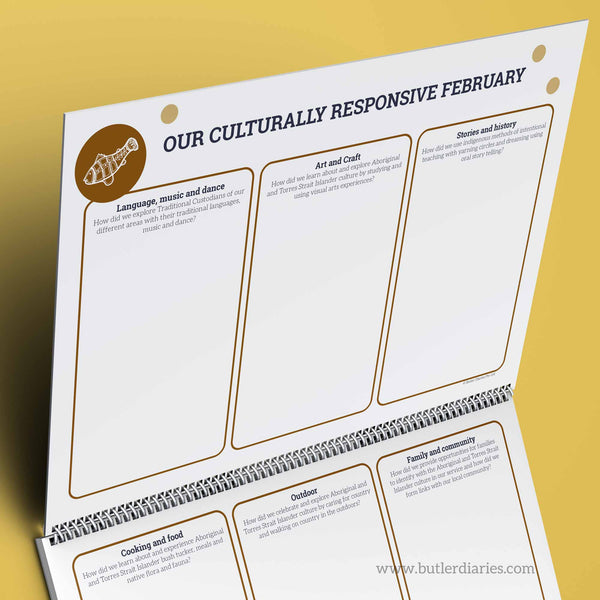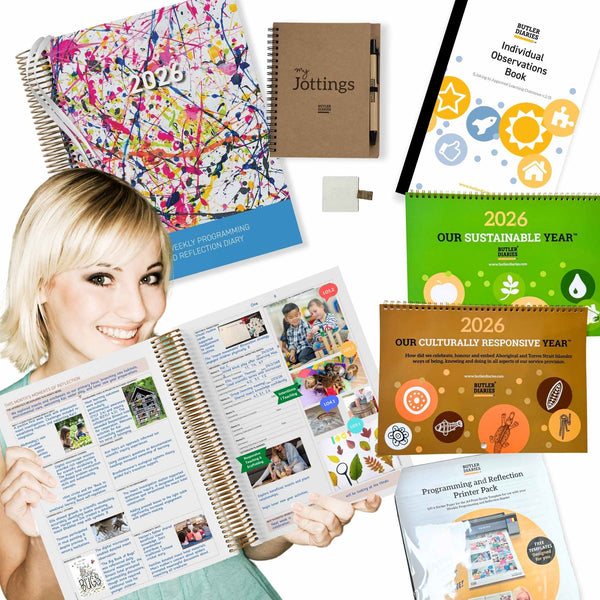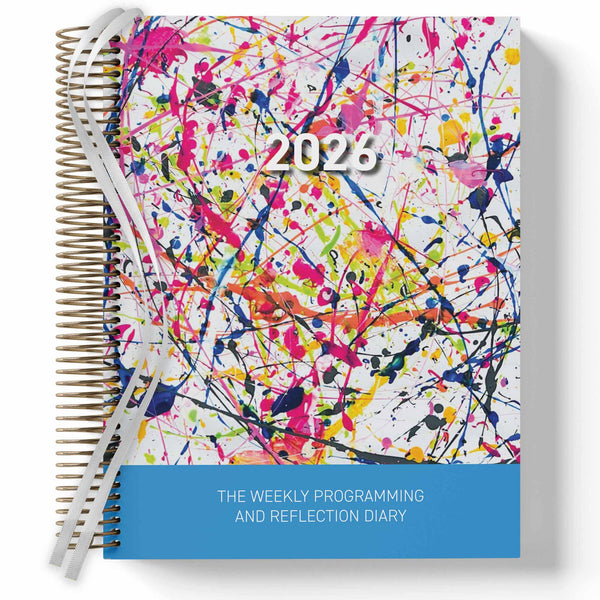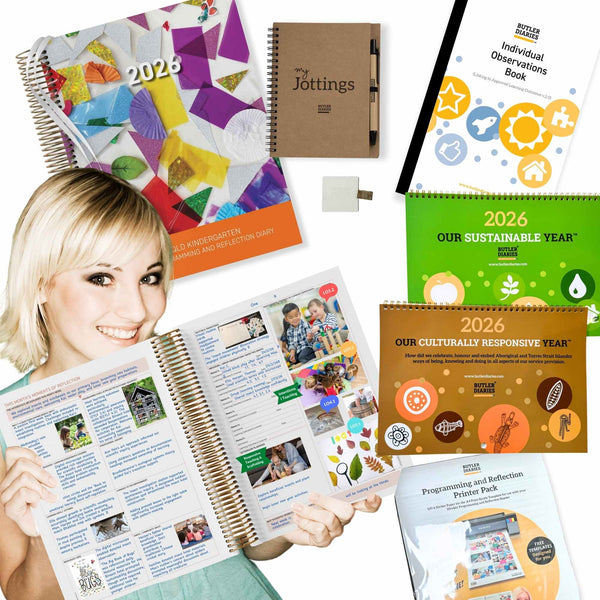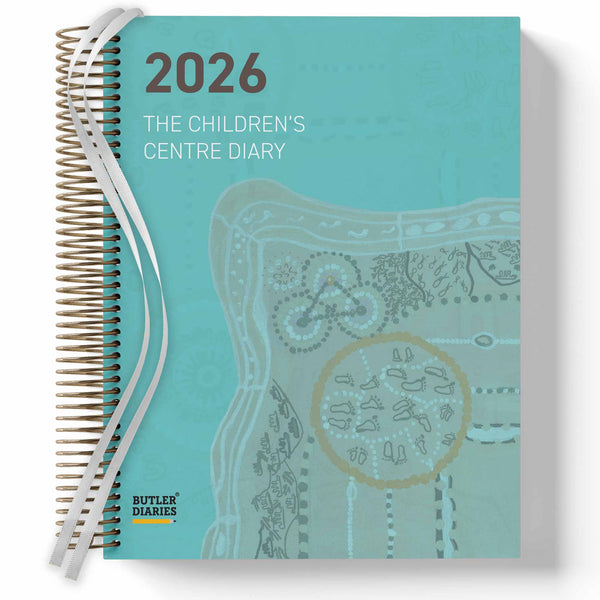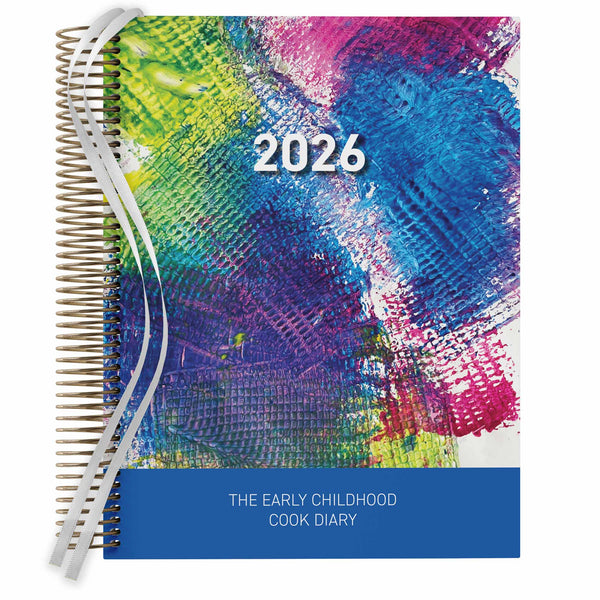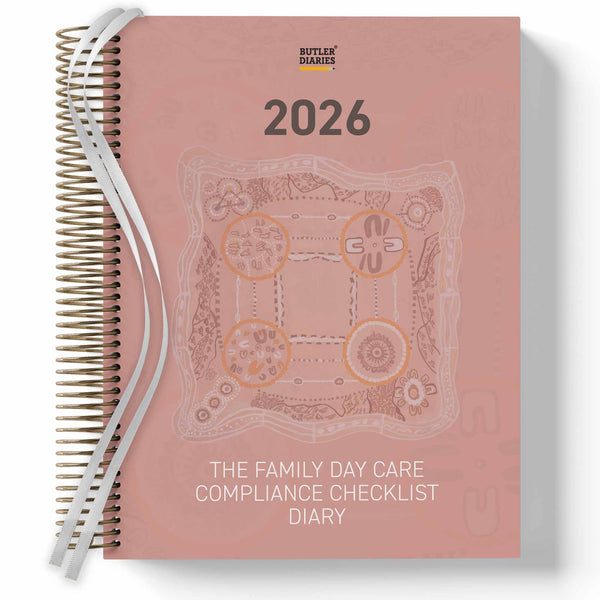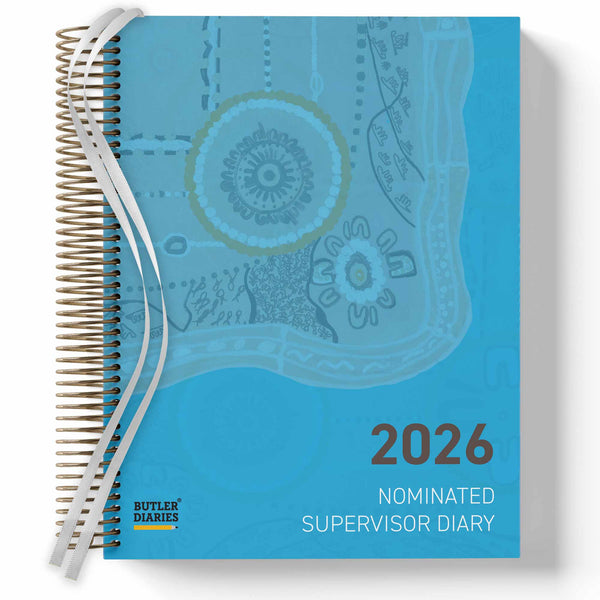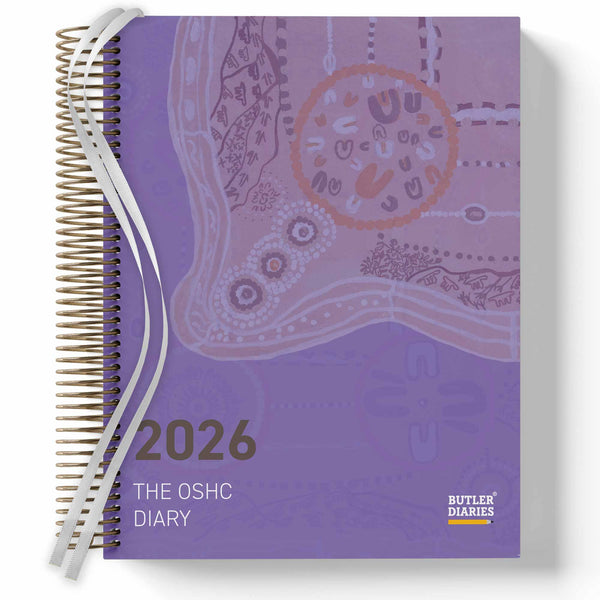Can you please explain how these work and how they link to children's individual goals, learning outcomes, etc. How is the planning cycle and continuity of learning visible?
The Program is designed to show the cycle of planning. The Butler Method can be described as a boxed method of programming that captures intentional teaching and spontaneous experiences. Simply write the name or a short description of the experience in the appropriate box and link it with the Learning Outcome checkbox.
To show you are planning for children's individual goals, you should include initials and a date. This can also link to your observations to show where the original goal came from, for example, Mia OB 7/12.
Reflect on your program using the prompts on the reflection spread. Use this program and reflection to plan the following week using a symbol, dates, and children's initials to make the planning cycle obvious to all.
A great example of this can be seen in the images in the Central Outdoor Weekly Programming and Reflection Diary where experiences are planned for specific children and their goals and dates are included to show how experiences have been extended on.
You can learn more about the Cycle of Planning here.

How does this Diary support the principles and practices? Teaching Strategies?
Teaching strategies are typically programmed for/ recorded under Group Learning (Intentional Teaching) and in the Intentional Teaching reflection spread, however, can be recorded anywhere in the program and should be reflected on throughout your reflection spread to adequately show critical reflection.
Teaching strategies should also be visible in your observations, day stories, every day practice, and any other documentation you capture. This article on Intentional Teaching may be helpful.

V2.0 of Frameworks focuses a lot on the Principles and Practices, so I was wondering if they will be somewhere in the new Diaries?
Can you provide an example of how the Cycle of Planning would be visible?
For example, on Monday you planned the experience, playdough with rollers and cutters, you recorded an observation for a child (Mia) on this date, you would put Mia Ob underneath the experience and also put it in the Observation Tracker on the Reflection Spread. You would then plan an extension for the child and record the child's extension in the following week's plan to complete the cycle.
This may look like:
Goal for Group A (that includes Mia)
Develop Fine Motor Skills (LO3)
Programming Spread: Monday 4/12 under Art / Craft / Cooking:

How do you use the last column of the Programming Spread in the new layout?
The final column of the Programming Spread is designed to be flexible to cater to your unique service.
If you run 7 days a week, it can act as a weekend programming space. If you run 5 days a week, it can be used to capture additional evidence of key themes from Frameworks and NQS or can be used to link other documentation and show the cycle of planning for example, you may note to view 'Feb's Art and Craft section in your Culturally Responsive Calendar'. You can capture this evidence in the form of planned experiences, jottings, reflections, photos, children's drawings or voice, and more.
This column is designed to be open-ended so you can use it in the way that best highlights your practices, goals, and cycle of planning.
Some ways customers have shared they use it:
"I’m using this for a number of options. Sometimes it’s something a child has said, or suggested for the program. Maybe a comment or feedback from a parent. It could be for a common theme that was happening during the week, or a space to jot down some extension ideas. I like that it can be really flexible to suit your needs."
"Children’s voices can even be taken when you have your group time, through topics discussions, can even be taken when observing while playing. And you can go from there."
"Have you done any observations? How and who will your extensions be done on? Have any of the children said anything of significance that you would like to keep a record of?"
When filling the diaries out do we pre fill the boxes?
The Programming Spread is used to show intentional teaching AND spontaneous experiences as they arise so you should pre-fill some boxes based on the previous week's program and reflections and child goals, some may also be completed as you go spontaneously as experiences arise.
During A&R how have these gone? Could they be considered outdated with new digital methods available?
How you do during A&R depends highly on how you use your Diaries and your reflections to show why you are using your Diaries.
We have a few tools to assist, first, you can download the compliance eBooks from the product pages that show how the Diaries link with Frameworks, NQS, and more.
Secondly, you can check out this article that addresses digital vs paper programming and how to decide what is right for you. The main factor will come down to your reasoning for your choice. A way to show this would be critical reflections and evidence on why Paper works better for your Service.
We have many services that exceed NQS on our Diaries, here is a Case Study of one of our customers who have been with us for years. If you visit our blog, there are other customer stories available there, our review page also shows how many customers are using our Diaries for Assessment and Rating, and we have video testimonials of customers who have gone through A&R with Butler Diaries.
The main advice we have is to ensure you have a clear idea of why you are using the Diaries. You can add this to your QIP and critical reflections on the decision.
Is the Butler Method suitable for younger age groups?
Yes! The Weekly Programming and Reflection Diaries are designed to capture programs from babies through to school aged children. Slightly adapting the way you approach programming is what will help you complete your program. Check out these articles:
Found it tricky to find the right box to list all of the experiences we had presented. For example where do you write construction experiences...... fine motor activities etc ? Or do you not write everything down & just select particular activities?
It's important to remember the boxes are prompts and are an overview of the planning for example, you're not stuck only putting stories and songs in the Stories/Songs box but also text, media, language both verbal and non-verbal, etc. Consider them prompts and inspiration.
For a Construction Experience it could go in any box and it would depend on your intention, if you intended for it to be an opportunity to expand language by including a construction story or other print (signs, plans, etc.) you could put it under Stories/ Songs, if you intended for children to role play construction sites it could go in Role Play, if you intended for it to be a creative activity it would go under Art, or if you wanted children to form small groups and work on social skills it could go under Group Learning.
The key is your intentions behind the activity. You may have multiple but just place it under the main reason. If it wasn't a particular activity you've intentionally set out but is something available in the room that the children really gravitated too, you'd reflect on that under Environment on the reflection spread or record it under children's choice. You could then perhaps plan an extension as described above and list it the following week in the appropriate box.
The goal is not to record every and all activities that may happen but to record intentional teaching activities arising either from you, children's goals or interests, families, etc. or activities that capture specific learning data relevant to children's goals or interests.
Does the program need to be pre-documented?
Should all observations be written the same way?
Where can I get my questions answered?
You can get in touch with Christine, our customer service manager, by emailing us at info@butlerdiaries.com.








